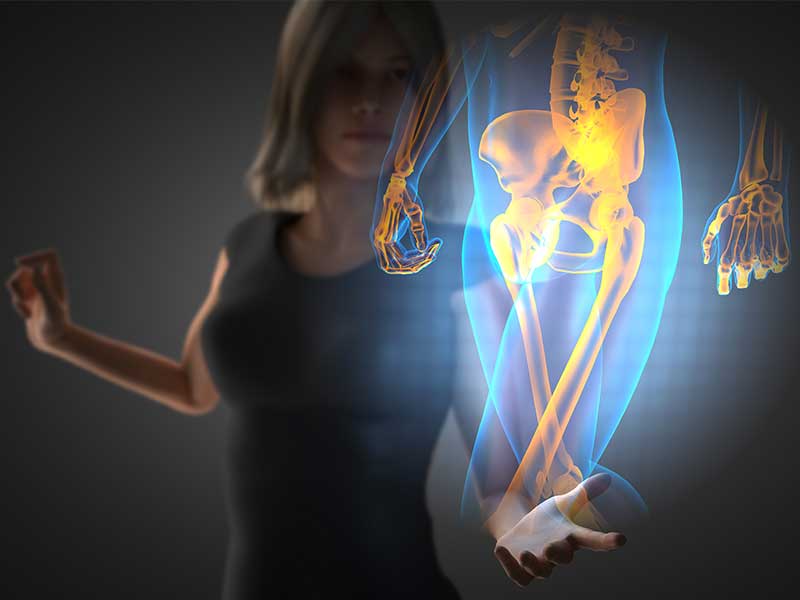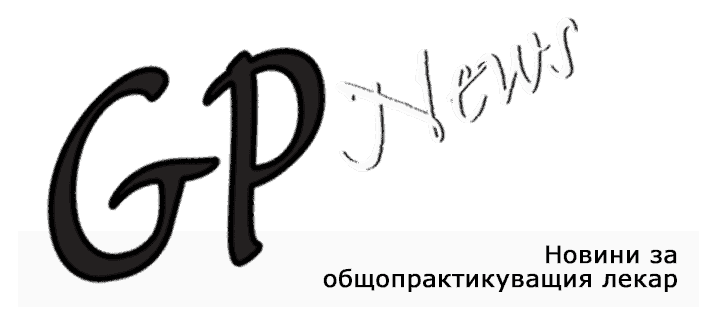
Issue 4/2023
Kovacheva-Predovska1, D., Hristov² O., Asiov2, S., Aleksiev1, A.
1 DPMR, UMHAT „Alexandrovska“, MU – Sofia
2 UMHAT „St. Anna“, Department of Orthopedics and Traumatology – Sofia
Introduction: One of the most common indications for hip joint arthroplasty (HA) is moderate and severe coxarthrosis (CA). Despite differences in its incidence and prevalence among populations, CA is a disease widespread disease worldwide. The aim of the present study is to compare the effectiveness of computerized versus conventional exercises in Bulgarian conditions and to determine their optimal frequency, intensity, and duration in hip arthroplasty (HA).
Materials and methods: In the study, 36 patients (66,09±10,4 years) for the period from 2019 to 2020, after arthroplasty for osteoarthritis of one or both hip joints, were randomly divided into three groups: 1st group performed home computerized exercises, 2nd group – conventional supervised exercises, and 3rd control group – without interventions. The objective parameters were: WOMAC arthrosis index; Harrison Hip Score test (HHS); MMT; goniometry; frequency, intensity, and exercises of the exercises.
Results: Quantitative MANOVA analysis on WOMAC, HHS, and MMT found that there was a significant improvement in all three groups, the weakest for group 3 (P<0.05), and between groups 1 and 2 no statistically significant difference was found (P>0.05). Regarding goniometry, the results were similar, with the difference that group 2 showed significantly better results than group 1 (P<0.05). Qualitative correlation and regression analysis found that as frequency, intensity, and duration of exercise increased, all objective parameters improved (P<0.05). A trend towards significant improvement was found for exercise frequency above 5 times a day (P<0.05).
Conclusion: The computerized approach is an effective alternative to the conventional one in the rehabilitation of patients after TBS arthroplasty in Bulgarian conditions. Optimal recommendations are frequency of therapeutic exercises more than 5 times a day, with the greatest possible duration and intensity, regardless of the approach – computerized or conventional. In order to reach such a daily frequency, it is also necessary to perform the exercises independently, and not only under control.
Address for correspondence:
Kovacheva-Predovska, D.
UMBAL „Alexandrovska“ - Sofia
1, “G. Sofiisky”, Blvd.
1431, Sofia
tel.: 0884 200 091
e-mail: d.kovacheva-predovska@medfac.mu-sofia.bg
